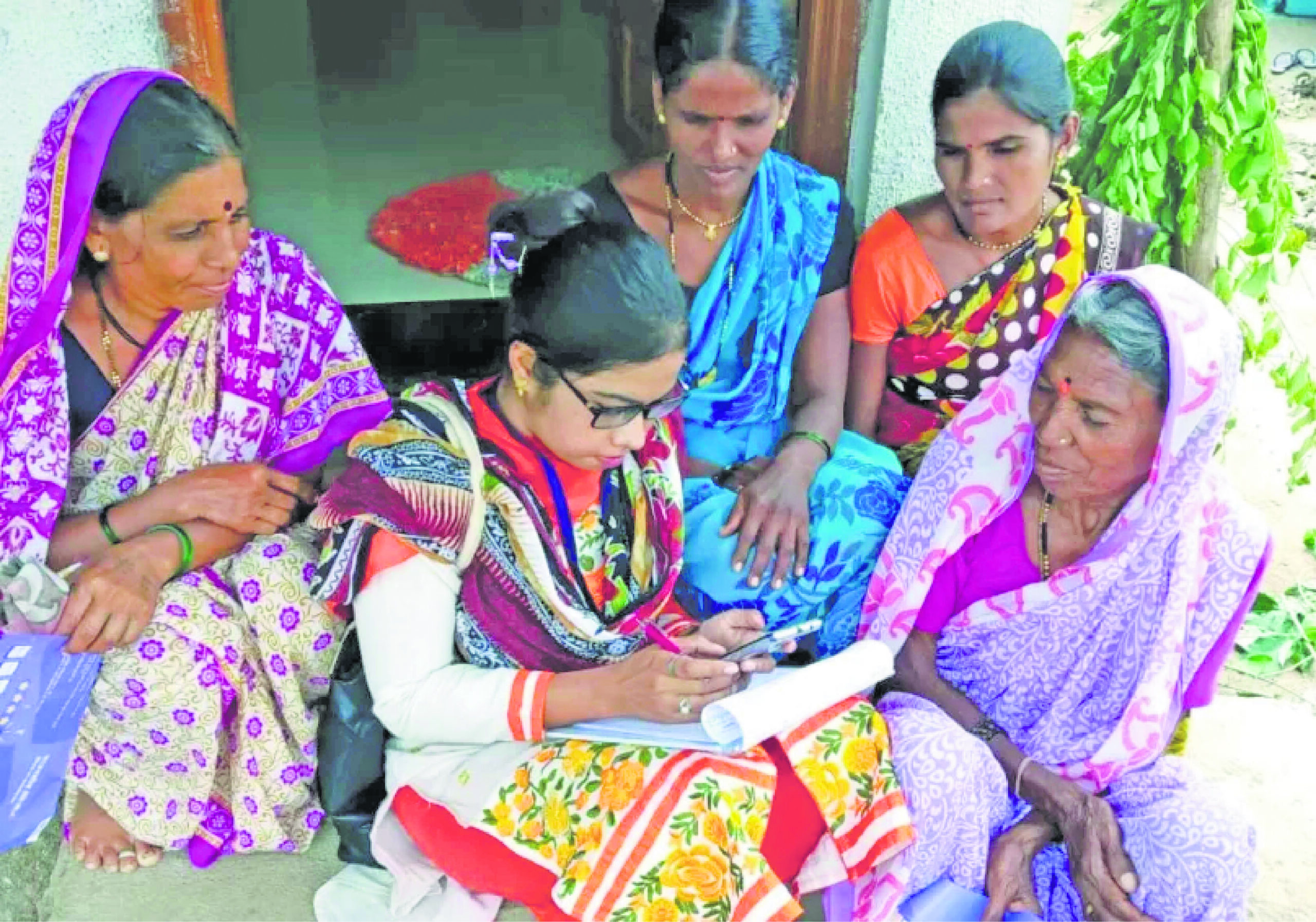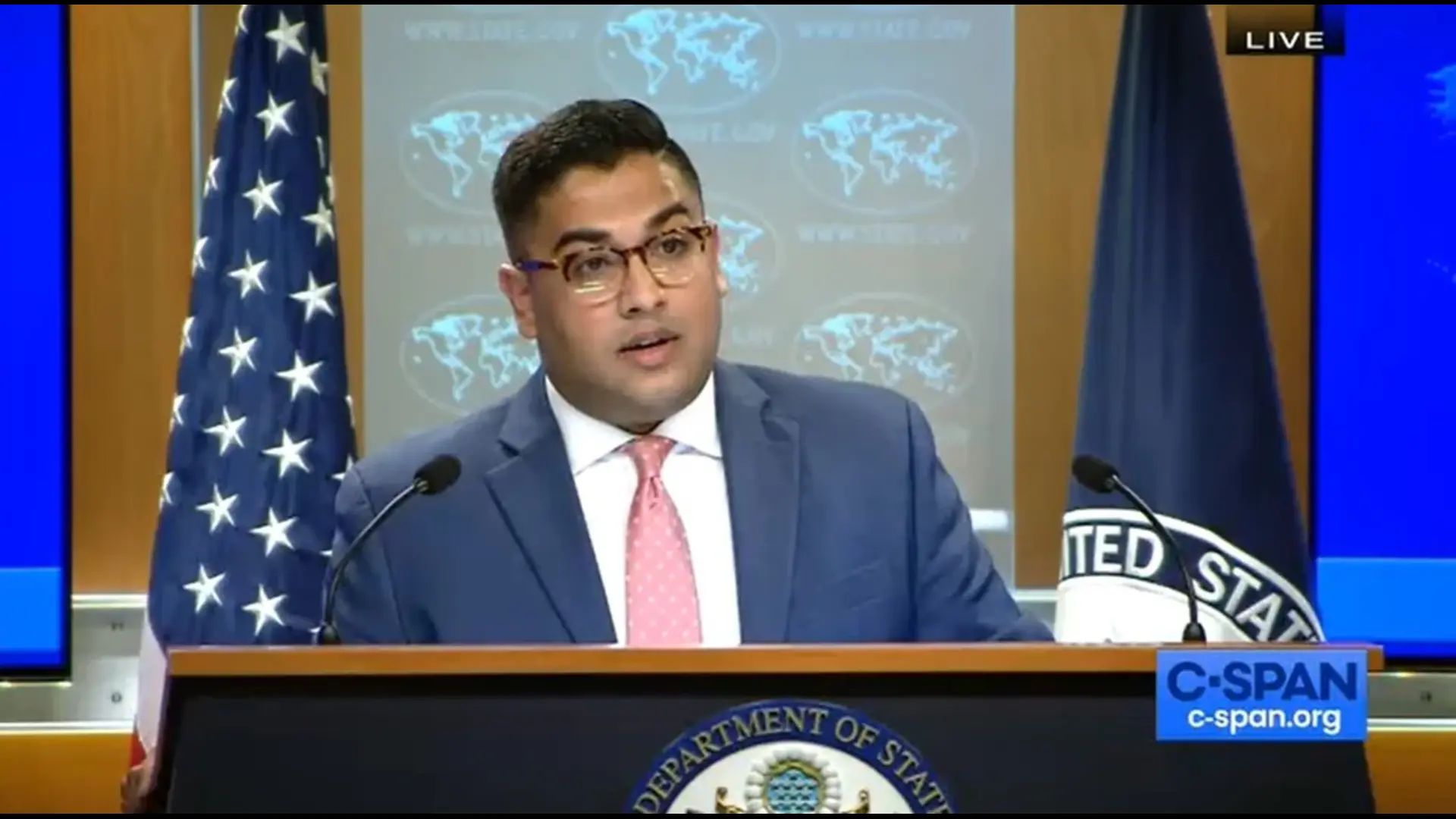
Efforts must be made to ensure that technologies eliminate digital gender gap.
Empowering underprivileged people remains key to bringing about financial inclusion. They have been out of the mainstream economy due to lack of financial inclusion and access to the banking system in the digital era. As exemplified by Prime Minister Shri Narendra Modi’s comment that his government aims to “put our Nari Shakti at the forefront of India’s development journey,” the Digital Literacy Initiative is expected to enable especially women to have savings accounts, access to credit, insurance and digital payments which are need of the hour. He further added that “these efforts will continue with even greater vigour in the coming times.”
It will further give opportunities for generating income, improving livelihood, accumulating assets, and participating in economic activities, and household decisionmaking that help in promoting social and economic empowerment.
The mission of Digital India, launched in 2015, is to connect and integrate an unbanked population and bring them into the financial net with use of technology at affordable cost. The launch of JAM Trinity services – Jan Dhan, Aadhaar, and Mobile and the Unified Payments Interface (UPI) – helped lay the groundwork for Digital India. The unique identification process of Aadhaar is linked with the Direct Benefit Transfer (DBT) scheme, as a result, there has been a significant improvement in terms of accurate payments. This has been made very easy and people-friendly electronics mode of payments by replacing the dependence on cash-mode payments that has helped in weeding out fake welfare scheme beneficiaries. Today, access to banking and digital transactions is one of the remarkable success stories of India.
However, to realize their full potential, efforts must be made to ensure that these technologies eliminate digital gender gap and build a more inclusive digital world.
As part of his development agenda, Shri Modi has launched a series of national schemes for financial inclusion. His aim is to extend formal credit and savings opportunities to the weak and marginalized as well as to get rid of moneylenders. These schemes include Direct Benefit Transfers (DBT), issuance of RuPay cards, Aadhaar-enabled unified payment interface for universal access to banking facilities, etc. The biggest fillip to the efforts of financial inclusion has come from Pradhan Mantri Jan Dhan Yojana (PMJDY) in 2015. Until 2014, the World Bank estimated that there was 21 percent adult population without a bank account.
As per the Ministry of Finance, as on 28 August 2023, more than 50 crore bank accounts have been opened. As of 2023, among these accounts, about 56 percent belong to women, and 67 percent have been opened in rural and semi-urban areas. The PMJDY accounts have enormously grown from 14.72 crore in March 2015 to 50.09 crore in 2023. Total deposits under PMJDY Accounts stand at Rs. 2,03,505 crores. It is also estimated that 33.98 crore RuPay cards have been issued to PMJDY account-holders. Similarly, the ‘Mudra Yojana’ scheme has reached out to 390 million small and micro women entrepreneurs through institutional credit and about 74 percent of them belong to marginalized sections.
A large number of accounts are active with zero balance. Average deposits in such accounts also increased from Rs 1,279 in 2015 to Rs 2,783 in 2019 and Rs 4,076 in 2023. Altogether, the Jan Dhan accounts hold a deposit of over Rs 2 lakh crore. With similar focus, the Reserve Bank of India (RBI) has been striving to extend the banking network and outreach by setting up new banks, branches, ATMs and new payment banks. Banking infrastructure in rural India has been increased over the years; the public sector banks opened 316 branches in rural areas, out of the total 927 branches during 2022-23.
Digital Empowerment
Over the years, the digital technology infrastructure has been geared to focus on enabling a unique biometric identification number, low cost payments with UPI, an instant real-time payment system through various easy and convenient modes of digital payments including BHIM, Paytm, Google Pay, PhonePe, and data sharing and security through DigiLocker, which aims at ensuring the goal of a secured, insured, digitalised empowered society. As per the Ministry of Finance, BHIM UPI has emerged one of the most preferred payment modes in the country. In 2017-18 the total number of digital transactions was 2,071 crore, in 2020-21 it reached to 5,554 crore and till 31st December, 2022 it was 9,192 crore. The value of digital transactions in 2017-18 was 1,962 lakh crore and in 2020-21 it touched 3,000 lakh crore and till 31st December, 2022 it was 2,050 lakh crore. The user base and number of transactions have significantly grown since the Demonetization and the COVID 19 pandemic.
The number of mobile users in India is continuously rising. According to the Internet and Mobile Association of India and KANTAR report 2022, out of 759 million active users in the country, 360 million are from urban India and 399 million from rural India. Urban India witnessed a 6 percent growth in internet penetration, while rural India experienced a 14 percent increase. Of all the internet users, 54 percent are male and 57 percent are female in 2022. It is also projected that by 2025 the female users will to 65 percent.
Undoubtedly, over the years, India has significantly improved the financial inclusion of the marginalised sections and enabled digital services to rural communities across the country. With the ubiquitous nature of digital technology, access to different productive resources for rural women can easily be ensured.
Despite such a huge progress, the major challenges include how to bring everyone to banking system, sustaining regular transaction by the users and providing them financial awareness. Similarly, rural women and girls suffer the costs of limited access to digital resources and opportunities due to lack of availability, adaptability as well as skills to use digital services. The affordability of internet and access to smartphones are still low in rural areas. The digital network connectivity to the most remote rural locations in India can empower and help to create large-scale employment opportunities for rural women. The government has to pay equal attention to digital literacy and its security and privacy for a better financial inclusion as well as prioritizing gender equality in the digital space. With the increase in cyberfraud, mere digital literacy would not uphold financial inclusion of women, especially underprivileged, unless the cheating and fraudulent practices are impeded at the highest level to achieve the desired outcome.
Rabi Narayan Kar is Principal, Shyam Lal College, University of Delhi















